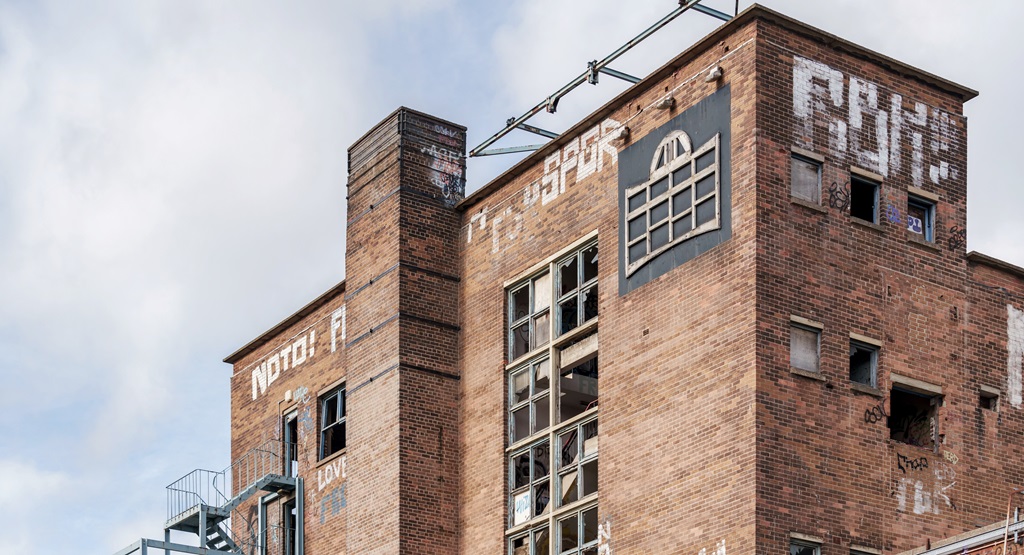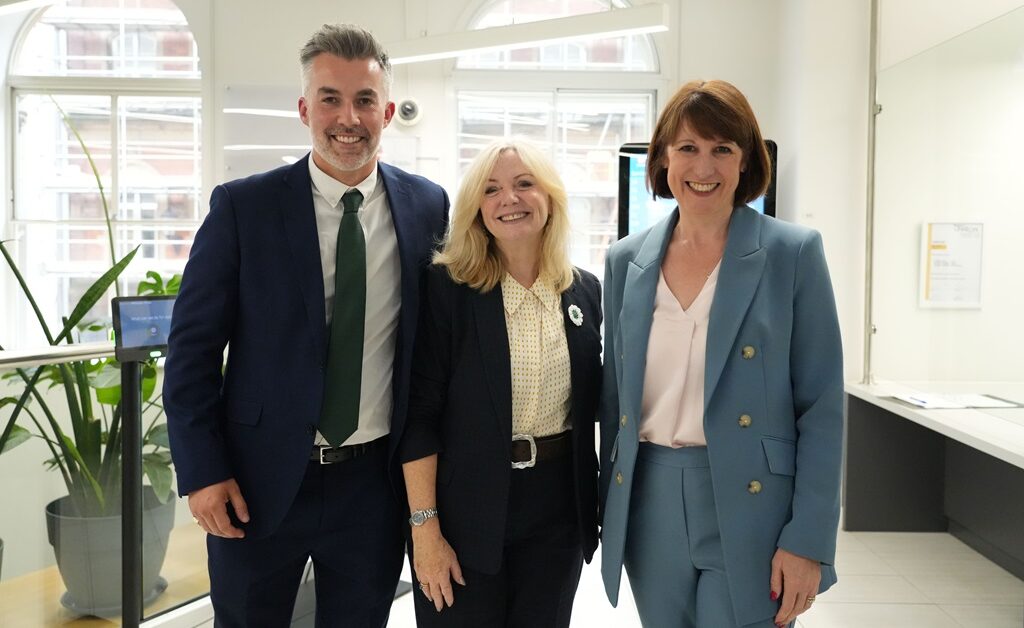Sheffield plots path to increased city living
Developed by Planit-IE in partnership with Deloitte and Homes England, the Sheffield City Centre Priority Neighbourhood Framework outlines how housing and growth are accommodated in the local plan.
The framework identifies five priority locations – Neepsend, Furnace Hill, Moorfoot, Wicker Riverside and Castlegate – encouraging a wider range of people to live in the city centre by providing a differentiated offer in those areas.
Moorfoot alone has the potential to deliver up to 2,880 homes. Three catalyst sites have been identified within the Moorfoot, Furnace Hill and Neepsend areas as the city council looks to put into action its desire to increase the city living options available within Sheffield by up to 20,000 more homes.
Each neighbourhood will have a heart, amenity space, local facilities, and infrastructure, all within walking distance and Sheffield’s heritage assets and culture to help define and curate unique places.
Louise Fountain, principal urban designer at Planit-IE, said: “It’s such an exciting time for Sheffield and we’re overjoyed to be able to play a role in its future. We’ve been contributing to the Local Plan for the city since 2020 and it’s exciting to see the future development being brought forward in a comprehensive way.”
The work of Planit and its partners looks to respond to Sheffield’s wish for more city living by providing a comprehensive perspective on the key ingredients for city living, such as the need for jobs, leisure, open space, biodiversity and sustainable infrastructure.
Cllr Mazher Iqbal, co-chair of the transport, regeneration and climate policy committee, said: “We’re so pleased with the Neighbourhood Framework document that has been drawn up as part our ambitious Local Plan for Sheffield.
“It will be central to our plans to create a more compact city and encourage people to live in the city centre – making use of existing brownfield land, ensuring quality homes are built in the right places, delivering more accessible, adaptable, affordable and sustainable housing, and promoting active travel, all whilst protecting the green character of our city.”
The priority locations cover 131 acres of the city centre.
Neepsend will include a new riverside park that maximises the River Don as a natural asset, creating accessible green space for visitors and a biodiverse natural corridor. It is described as having significant development capacity to provide family homes.
Castlegate is described as a gateway into the city, planned to house Sheffield’s innovation district, It “will become a true mixed-use neighbourhood and celebrate the rich history of the former Castle site”. It will become a cultural destination with an energetic atmosphere supported by an active groundscape and new outdoor multi-purpose events space.
Furnace Hill will celebrate its finer grain street pattern, heritage buildings and industry. Growth of this neighbourhood connects to the past whilst embracing the future with the potential to deliver up to 3,109 high-quality homes. A new park will create amenity space with views across the city.
Wicker Riverside is another gateway into the city centre. At one point the area was heavily industrialised, with former mills and steel works now dotted along a tight street network. Neighbouring Kelham Island and West Bar, Wicker Riverside is envisaged as a live/work neighbourhood catering to a wide range of demographics including affordable and key worker homes.
Moorfoot is intended to offer “compact contemporary living located at the heart of the retail core,” targeting a professional audience. It will also boast a new public square.

Moorfoot is lined up as a professional-oriented neighbourhood. Credit: via Social
Fountain added: “Understanding Sheffield’s distinctive neighbourhoods was integral to our work. Neighbourhoods are defined by more than physical factors, it’s the human elements, a sense of belonging and community that defines them.”
Jessica Stanley, assistant director, real estate at Deloitte, said: “The strategy outlines how the market challenges of delivering homes for all can be addressed through placemaking, delivery vehicles, the type of residential development needed, quality, and the neighbourhood creation required to establish the city centre as a residential area of choice.
“The reward for the Council has been acceptance as a pathfinder project, at the city scale, for the Government’s Levelling Up Programme.”





